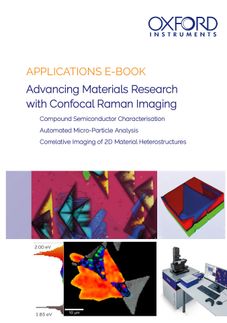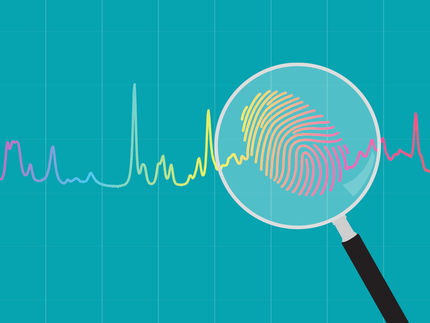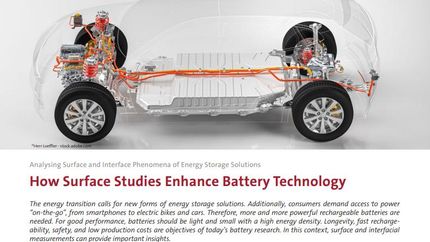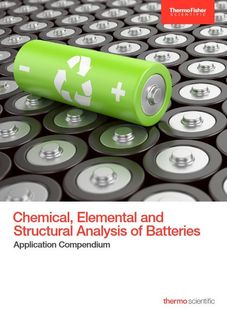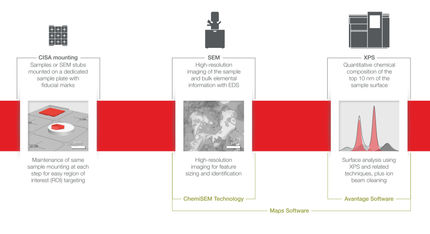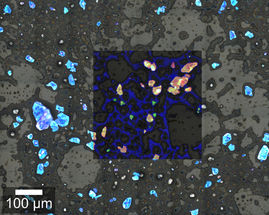Oxford Instruments
Five criteria for high-quality Raman microscopes

Introduction to correlative Raman techniques including application examples
Raman spectroscopy enables qualitative and quantitative analysis of chemical components in a sample without requiring specialized sample preparation or risking damage to the sample. Confocal Raman microscopy additionally makes it possible to monitor the spatial distribution of chemical components and properties. Raman microscopy can be combined with other techniques in order to gain additional information on the sample, such as its surface structure. Because of the huge number of available systems, the choice of a good Raman microscope is often difficult.
This WhitePaper gives five criteria for choosing a high-quality Raman microscope. Additionally, correlative Raman techniques are illustrated using examples from various fields of application.
Advertisement
White Paper classification
White papers on related topics
Products on related topics
Manufacturers of similar products
See the theme worlds for related content
Topic World Spectroscopy
Investigation with spectroscopy gives us unique insights into the composition and structure of materials. From UV-Vis spectroscopy to infrared and Raman spectroscopy to fluorescence and atomic absorption spectroscopy, spectroscopy offers us a wide range of analytical techniques to precisely characterize substances. Immerse yourself in the fascinating world of spectroscopy!

Topic World Spectroscopy
Investigation with spectroscopy gives us unique insights into the composition and structure of materials. From UV-Vis spectroscopy to infrared and Raman spectroscopy to fluorescence and atomic absorption spectroscopy, spectroscopy offers us a wide range of analytical techniques to precisely characterize substances. Immerse yourself in the fascinating world of spectroscopy!



